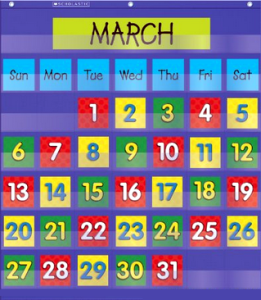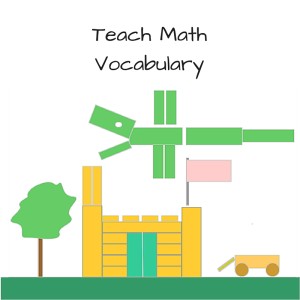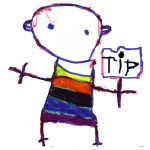Teach this list of math vocabulary with everyday things, games and activities. Introduce math vocabulary in a natural manner by providing opportunities for your students to use new math terms during play, and while engaging in games.
Organizing time for children to talk about their math experiences during and after they participate in hands on activities will reinforce new vocabulary.
The more children hear math words used in a natural way as they play, the more they will increase their understanding of the words.
As young children explore their world, noticing similarities and differences, comparing and contrasting, and discussing their play with their peers they will soon make sense of new terms.
Also, take advantage of the many children’s picture books that reinforce math vocabulary, such as Mouse Shapes by Ellen Stoll Walsh or Gray Rabbit’s Odd One Out by Alan Baker.
Math Vocabulary List
Sorting – sort, classify, order, sequence, shortest to longest, biggest to smallest
Number and number operations – sets, groups, amount, how many, fewer than, more than, greater than, most, least, the same as, equal, different from, guess, estimate, ones, tens, hundreds, thousands, addition, subtraction, division, multiplication, one-half, one-quarter, one-third, first, last, pairs
Geometry – names of pattern blocks: hexagon, trapezoid, rhombus, square, triangle; circle, point, round, flat, curve, line, corner, edge, face, angle, symmetry, cube, sphere, cylinder, cone, oval, straight, diamond, direction
Measurement – measure, taller than, shorter than, wider than, narrower than, length, volume, weight, area, time, hour, minute, second, Celsius or Fahrenheit, degree, centimeter, meter, inches, feet, yards (choose depending on location), distance, increase, decrease, heavier, lighter
Data analysis– graph, tally, data, bar graph, pie graph, grid, grid paper, more than, fewer than, always, sometimes, never, compare
Calendar – day, yesterday, tomorrow, week, month, year, date, Autumn, Winter, Spring, Summer, seasons, day, night, morning, afternoon, before, after

Money – penny, nickel, dime, quarter, dollar, etc. (according to country currency), cash, bank, save
Position words – near, far, besides, between, inside, outside, above, below, in front, behind, over, under, top, bottom, left, right, closer, further
4 Great Tips
- Keep in mind that the goal is to introduce math vocabulary to kindergarten and preschool children as they explore math ideas with concrete objects, not to make them memorize vocabulary.
- Teach math vocabulary as naturally as you would introduce the names of different foods, animals or toys.
- The more children hear math words used with activities, the more they will begin to use it correctly.
- Teach math vocabulary with everyday things. Whether setting the table, lining up for recess, reading the calendar, displaying collections on the science table, or putting up bulletin board displays there will be opportunities to introduce and reinforce the math words above to your kindergarten and preschool students.

